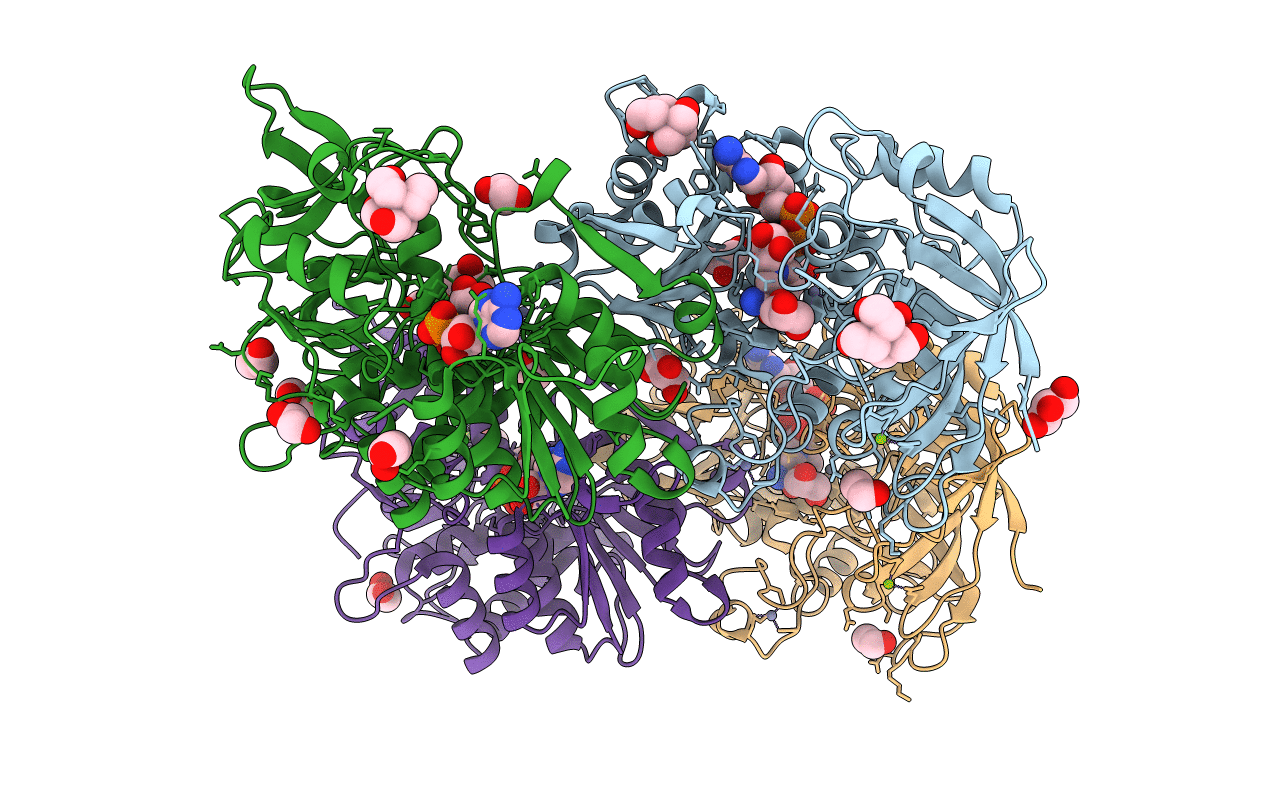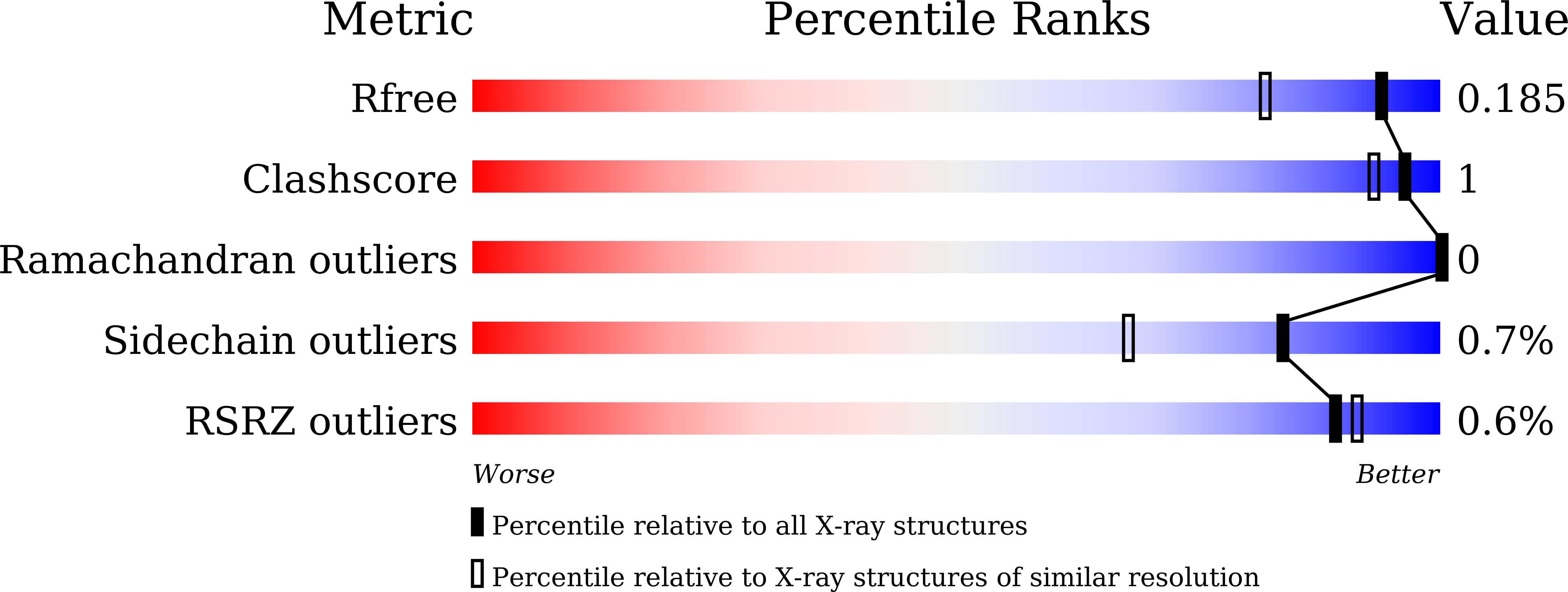
Deposition Date
2021-08-30
Release Date
2022-02-09
Last Version Date
2024-10-16
Entry Detail
PDB ID:
7VB3
Keywords:
Title:
Crystal structure of hydroxynitrile lyase from Linum usitatissimum
Biological Source:
Source Organism:
Linum usitatissimum (Taxon ID: 4006)
Host Organism:
Method Details:
Experimental Method:
Resolution:
1.48 Å
R-Value Free:
0.18
R-Value Work:
0.15
R-Value Observed:
0.15
Space Group:
P 1 21 1


